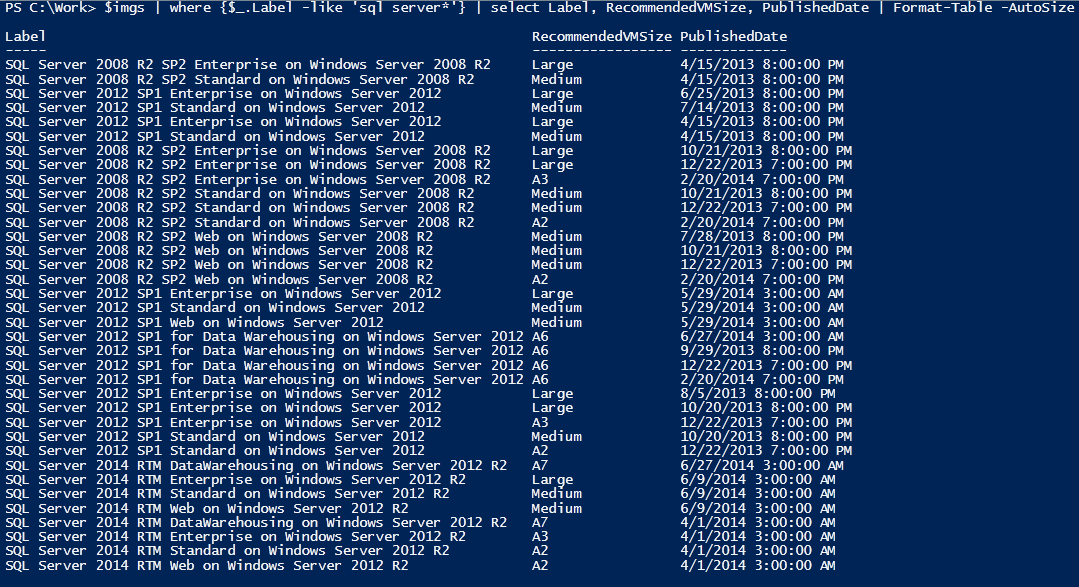

- POWERSHELL RANDOM PASSWORD GENERATOR INSTALL
- POWERSHELL RANDOM PASSWORD GENERATOR ZIP FILE
- POWERSHELL RANDOM PASSWORD GENERATOR PLUS
- POWERSHELL RANDOM PASSWORD GENERATOR WINDOWS 7
The extension used for the generated files. If you specify -RandomFileNameGUID, a GUID will be appended to this base name instead of the count number, making the file name also pseudorandom.
POWERSHELL RANDOM PASSWORD GENERATOR PLUS
If generating more than one file, it is the base name for the file plus a possibly zero-padded count number. If generating one file, it is the file name plus a 1 plus the extension. Use "(Get-Location)" for current directory, not ".", because that defaults to the profile directory inside the cmdlet. Default is current working directory ($Pwd.Path).
POWERSHELL RANDOM PASSWORD GENERATOR INSTALL
To install with WMF 5 and up (to get the latest RandomData module version available), simply run this command (requires an internet connection):
POWERSHELL RANDOM PASSWORD GENERATOR WINDOWS 7
If you have Windows Management Framework 5 or higher (WMF 5 is available for Windows 7 and up), you can install my RandomData module from the PowerShell gallery, a Microsoft site and online repository for scripts.

Cut run time down to less than half for the 1 MiB pseudorandom test case - and about 40 % faster with -Cryptography specified for 1 MiB.''Įarlier versions:. *'': Changed the string manipulation to be done with. Cryptography difference was not really noticeable.'' **Speed for a 1 MiB file of pseudorandom data went from about 2.2 to 1.5 seconds on my system. Generating two less random characters per line when writing a file, where \r\n will occupy two bytes, which means retrieving fewer random cryptography numbers, or fewer pseudorandom numbers, plus less appending to the string builder.
POWERSHELL RANDOM PASSWORD GENERATOR ZIP FILE
Adding the zip file to the wiki as well.'' I published it to the PowerShell gallery for convenient access (see below). *'': Uploading a module version, 1.2, which is identical to the existing script, except it's been given the mandatory scaffolding to be a module.

Also published to the PowerShell gallery (see below). Download, remember to unblock before extracting (Unblock-File in PSv3 and up), copy the directory containing the module files to a PowerShell module folder. Dot-source ('''.\New-RandomData.ps1'''), and use the New-RandomData cmdlet. right-click and download, rename, remember to unblock. This script/function is also on GitHub here. If we fast forward to my new computer from late in 2017, running PowerShell 5.1 on Windows 10, the speed is much better, as seen in this screenshot: This image shows that it took almost exactly 24 seconds to generate a 1 MiB cryptographically secure file on my (2009 vintage) system, using the default random character set that has no overhead. This image shows that it takes about 2.2 seconds to generate a 1 MiB large pseudorandom file on my (2009 vintage) system. The testing has been done with PowerShell version 4. Should work with PowerShell version 2 and up. The default is writing one or more ASCII encoded text files with \r\n line endings, but you can also use it to generate passwords, keys, and random numbers to store in a variable, etc., with the -RandomChar and/or -StreamToSTDOUT parameters. Svendsen Tech's advanced PowerShell function New-RandomData can be used to generate both pseudorandom and cryptographically secure random data. Create cryptographically secure and pseudorandom data with PowerShell - Svendsen Tech Jump to page sections


 0 kommentar(er)
0 kommentar(er)
